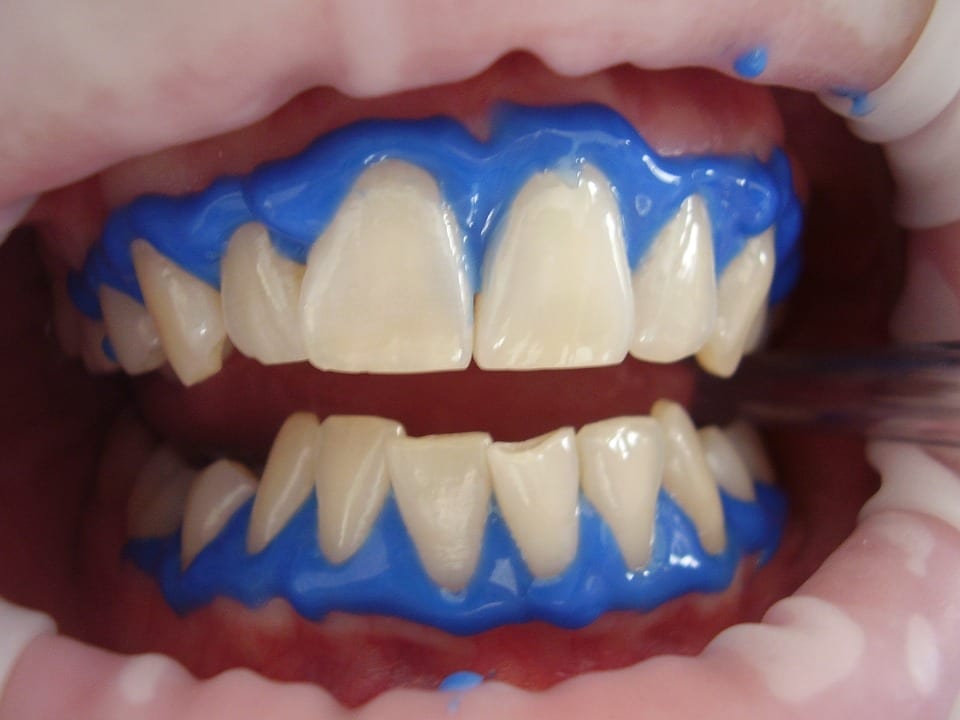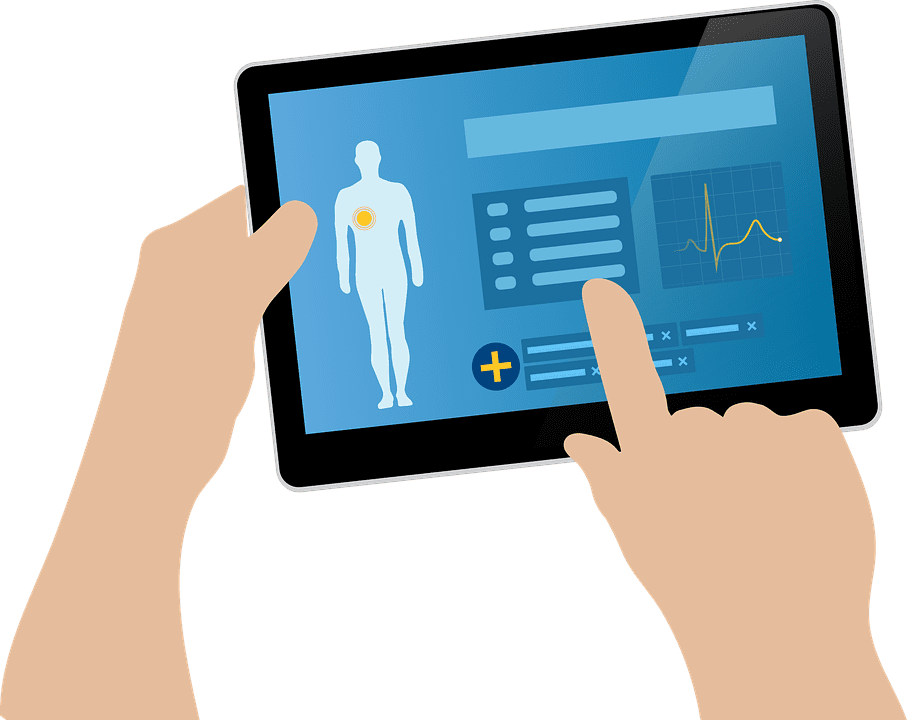The dental profession has always had an image problem. Even today, many people believe that dentistry is synonymous with unbearable pain. An estimated 10 per cent to 15 per cent of the population is found to be phobic about visiting the dentist.
While movies and other forms of popular media have both fed and exploited people’s fear, the best evidence suggests that dental phobia is the direct result of a very real and particularly painful dental experience, commonly dating back to childhood.
Whatever the root cause, the result is that millions of people postpone dental treatment until the pain they feel finally outweighs the pain they fear. And their fears are not entirely unfounded. Many dental procedures are very painful, and the most common drug administration to control acute pain requires an intra oral injection that can be noxious and anxiety-provoking.
Treatment with dental laser is different from conventional treatment, in that, it is essentially painless and does not result in blood loss. It revolutionized the treatment procedures in dentistry. How is it different? Treatment with dental laser is faster and more efficient in many cases; essentially painless; sterile; there’s less blood loss; less invasive; precise and conserves healthy tissue and is safer.
Application of laser therapy for caries:
First, anaesthesia is not required. If the caries is exposed, the laser is issued to perform the entire procedure. However, if the caries is beneath the enamel, the laser may be used to induce an analgesic.
Next, the drill is employed to remove the decay selectively, thereby conserving healthy tissue. It is used also to undercut the dentine, as required and simultaneously etch the preparation and reduce bacteria.
Application of laser in Pit and Fissure Therapy:
Laser can be used microsurgically to vaporize lesions before they become large enough to form cavities. Pits and fissures can be cleaned so thoroughly that sealing may not be necessary.
Application of laser in Surgery:
Soft tissue incisions can be performed without anaesthesia. The incisions are precise and normally bloodless and patients report a substantial reduction in post-operative pain.
The virtual elimination of bleeding during surgery gives the dentist a clearer view of the operating field. It also reduces the dentist’s risk of contracting diseases transferred by blood. The sterilizing nature of the laser beam reduces the risk of infection for the patient.
Application of laser in Curettage for bad breath:
The ability of laser to kill bacteria in gum pockets has enormous potential not only as a means of arresting the progression of gum disease and bad breath, but as a fast, simple prophylactic. The procedure is faster than conventional curettage and does not require anaesthesia.
Application of laser in Eliminating dentinal hypersensitivity:
Dentinal hypersensitivity is sensitivity caused to the tooth when one drinks hot or cold fluids or eats sweet and sour things. The ability of the dental laser to desensitize teeth is another breakthrough. The process is simple and effective. Preventive treatment of wounds after routine tooth extraction:
Application of laser directly on the area where a tooth has been freshly extracted will hasten the process of coagulation, helping the wound to heal faster.Root canal therapy: The ability to save healthy pulp while removing diseased pulp is within the realm of laser dentistry as the laser destroys bacteria as it removes tissue.
On soft tissue, laser is used for
1) Gingivoplasties and minor gingivectomies in gum disease.
2) Frenectomies i.e., treatment of jaw attached frenum which restricts the movement of upper and lower lip. In these cases the patient will have to undergo three to four sittings. However, it is of great importance to make the right diagnosis as well as pay attention to a correct treatment.
3) Operculectomies in unerrupted front teeth in children or unerrupted wisdom teeth in adults (which is many times associated with severe pain and swelling in the wisdom tooth area)
4) Gingival troughing for crowns, bridges and implants.
5) Oral infection therapy for ulcers in the mouth associated with stress, B-Complex deficiency and for treating denture granulomas associated with artificial dentures.
How laser in dentistry helps reduce pain.
A majority of the patients who undergo laser treatment report no pain. A few report mild discomfort.
The dental laser delivers pulses of energy too short to trigger a neural response. A second major element of pain in dentistry is the vibration caused by the drill. The use of laser does not cause vibrations and so there is no pain.
How the laser works in dentistry
A laser emits concentrated energy in the form of a light beam which vaporizes matter. The dental laser delivers narrow pulses and each pulse vaporizes only a specific number of cell layers within the circumference of the beam. This gives the dentist precise control over the laser.
For incision into soft tissue, the dentist places the optical fibre carrying the beam, directly on the tissue and moves it along the incision line, creating a cutting effect.
Advantages of dental laser
The laser is the most versatile instrument ever available.
It gives the dentist the ability to deliver highly concentrated, controlled energy into some of the most difficult recesses of the mouth. In turn, the ability of this beam to vaporize biological tissue with exacting precision to reduce bacteria, to cauterize, to operate below the threshold of pain, to perform quickly and to perform new modalities. It is a boon to both the dentist and the patient.






Be the first to comment on "Lasers in Dentistry"